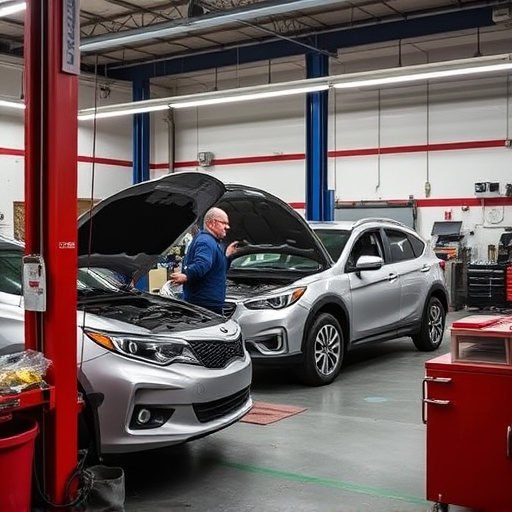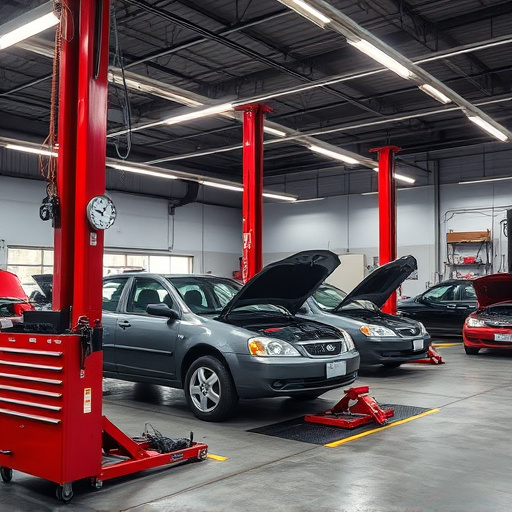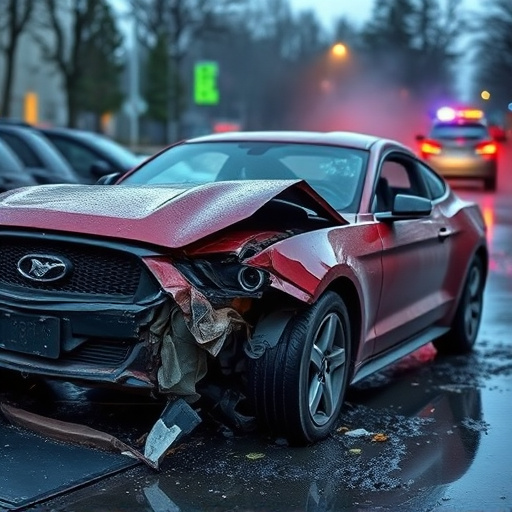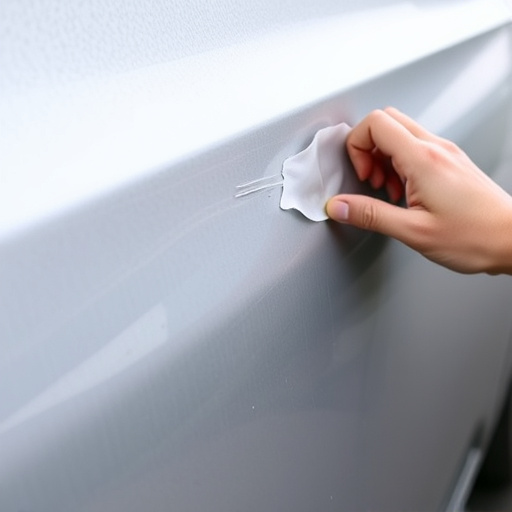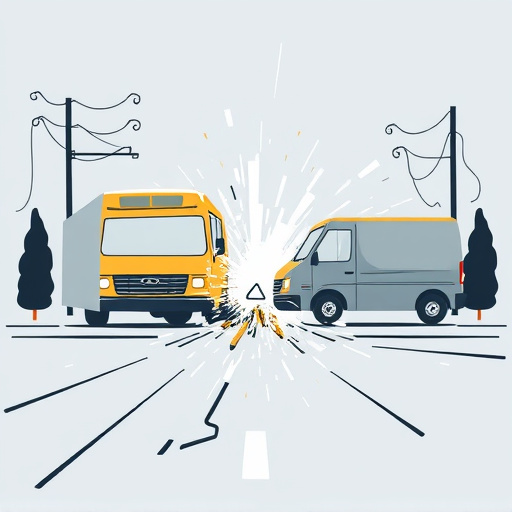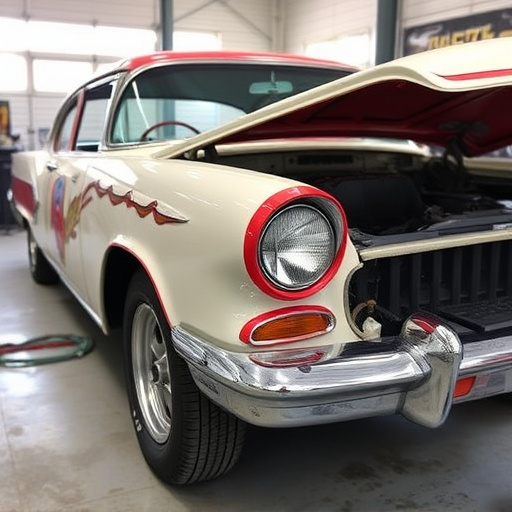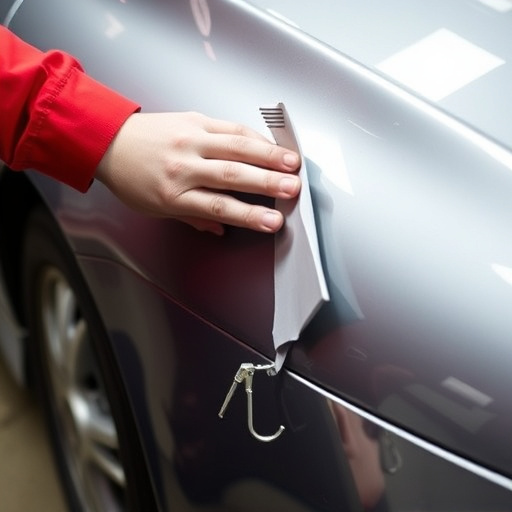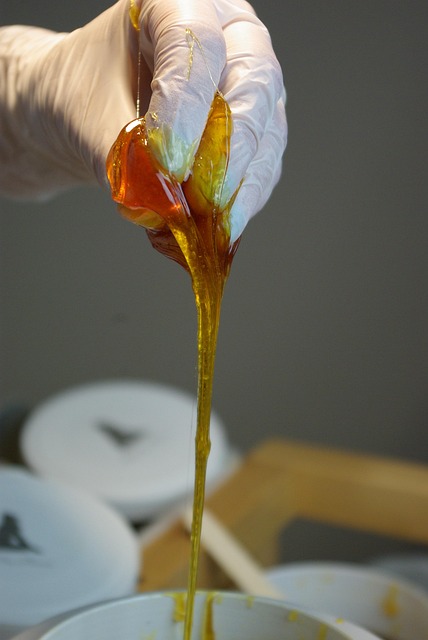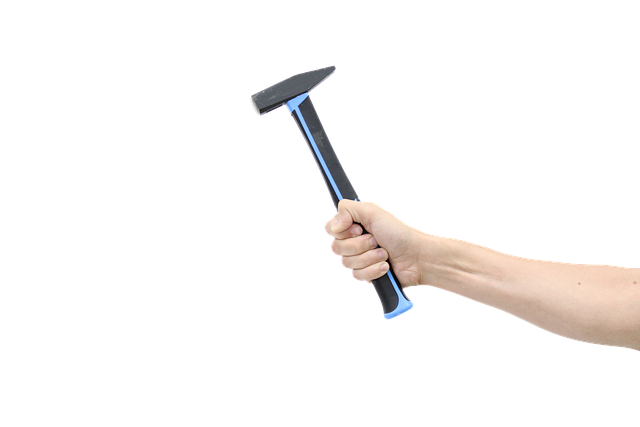Recalibration of advanced driver assistance systems (ADAS) after vehicle body repair is vital for maintaining safety and performance. Even minor repairs can disrupt sensor data integrity, requiring skilled technicians with specialized tools to realign sensors, update parameters, and verify functionality through diagnostic testing. This meticulous process ensures optimal operation of safety systems like airbags, seatbelts, and crash sensors, enhancing roadworthiness and protecting occupants and other drivers.
After a vehicle body repair, ensuring the safety systems function optimally is paramount. This comprehensive guide delves into the critical process of calibrating safety systems post-repair procedures for vehicles. We explore essential aspects such as understanding the impact of body repairs on active safety features and outlining the calibration process using necessary tools. Learn how to guarantee seamless integration and reliable performance of safety systems, ensuring both passenger security and legal compliance following vehicle body repair.
- Understanding Post-Repair Safety Systems
- Calibration Process and Tools Required
- Ensuring Optimal System Performance After Repair
Understanding Post-Repair Safety Systems

After a vehicle body repair procedure, understanding the recalibration of safety systems is paramount to ensure optimal performance and passenger protection. Many modern vehicles come equipped with advanced driver assistance systems (ADAS) that rely on precise sensor data for functions like adaptive cruise control, lane-keeping assist, and automatic emergency braking. These systems require careful calibration after any significant body repair work to maintain their accuracy and reliability.
During the vehicle body repair process, components like sensors, cameras, and radar modules might be affected or displaced. Even minor adjustments or replacements can disrupt the integrity of the safety system’s data input. Therefore, a thorough inspection and recalibration are essential steps in an automotive body shop to ensure these critical systems function correctly. This includes realigning sensors, updating calibration parameters, and verifying performance through diagnostic testing, thereby enhancing road safety for all passengers.
Calibration Process and Tools Required

The calibration process for safety systems after vehicle body repair is a meticulous task that requires specialized tools and expertise. Auto repair shops performing fleet repair services or car damage repairs should be well-equipped to handle this critical step. The procedure involves adjusting and fine-tuning sensors, actuators, and control units to ensure the system operates optimally and in line with the vehicle’s structural integrity.
Tools required for calibration include diagnostic scanners capable of reading and rewriting system codes, precision measurement devices for sensor accuracy, and simulation equipment that mimics various driving conditions. These tools enable technicians to verify that each safety component—such as airbags, seatbelts, and crash sensors—is functioning correctly and is aligned with the vehicle’s revised body structure following repair procedures.
Ensuring Optimal System Performance After Repair

After completing intricate vehicle body repair procedures, meticulous calibration of safety systems becomes paramount to ensure optimal performance and enhance overall roadworthiness. This involves a comprehensive assessment and fine-tuning process to guarantee that every sensor, mechanism, and control module functions precisely as intended. By accurately calibrating these systems, the vehicle body shop can minimize errors, improve safety features’ reliability, and restore the vehicle’s operational excellence.
Proper calibration goes beyond simply fixing structural damages; it ensures that advanced driver-assistance systems (ADAS), such as collision avoidance, lane departure warning, and adaptive cruise control, operate seamlessly. This is crucial for the safety of both the occupants and other road users. Autobody repairs that incorporate meticulous calibration demonstrate a commitment to delivering top-tier workmanship, fostering confidence in both the vehicle’s structural integrity and its high-tech safety capabilities.
After comprehensive vehicle body repair procedures, calibrating safety systems is a vital step to ensure optimal performance and enhanced passenger protection. This process aligns with industry standards, guaranteeing that sensors and controls function accurately in various driving conditions. By leveraging the right tools and adhering to precise protocols, technicians can restore the safety tapestry of the vehicle, ensuring it operates as effectively as possible on the road.

